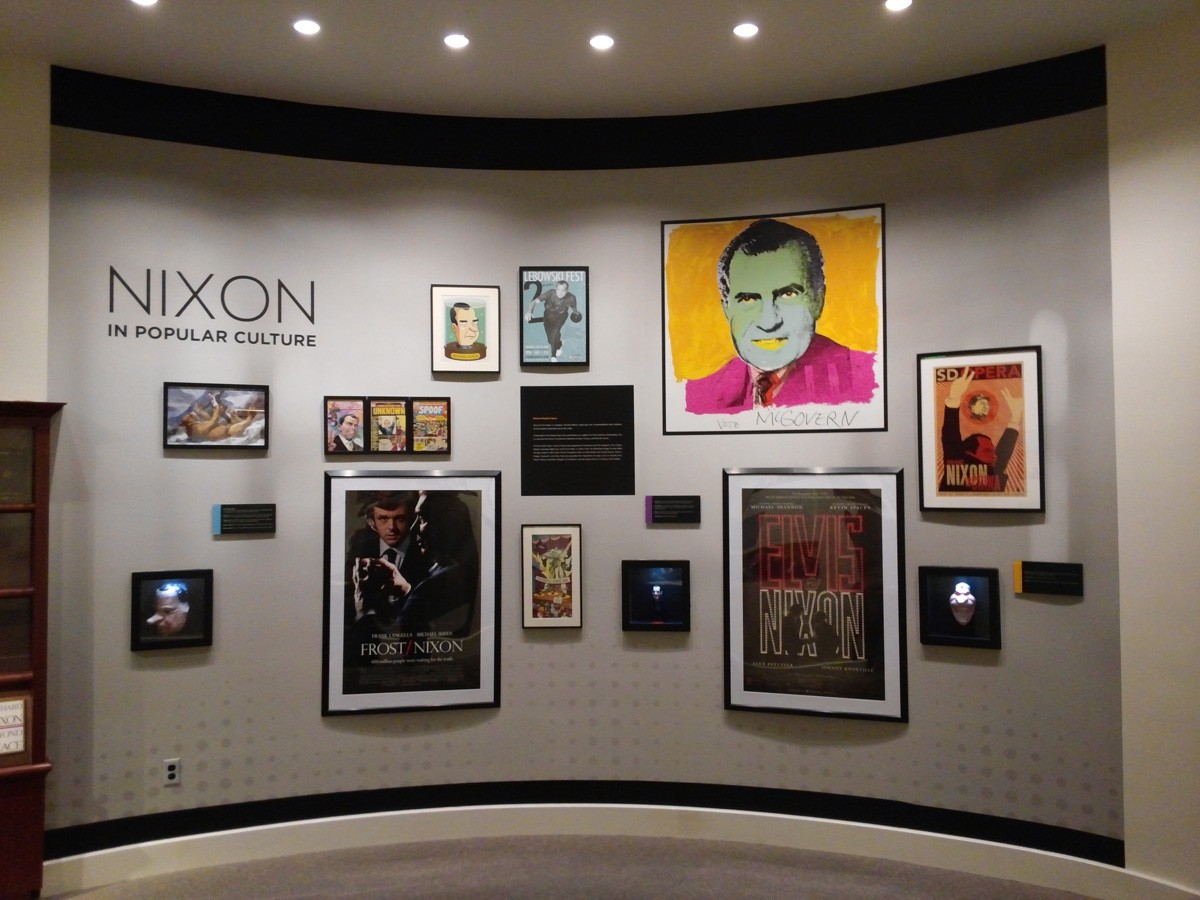
The last time I visited the Richard Nixon Presidential Library and Museum was in 1990, protesting its opening. I was 30 and pissed about the state of the world. Orange County was overwhelmingly Republican—so much so it was celebrating Yorba Linda’s most successful, and humiliated, son by dedicating a new building to him. Twenty-seven years later, Orange County Republicans are ahead of Democrats in registration by only 5 percent. I’m older and smarter—and so is the Library. Its previous skirting around Watergate, abuse of power and Nixon’s racism is now a thing of the past. Taken as a whole, there’s still some manipulative sleight-of-hand in the way the permanent exhibits end, but my cynical feelings were modified by the more even-handed approach that’s now taken.
A docent told me the Library had been redesigned to bring “the past and the present together.” With the current presidential administration lying about everything under the sun, members of its legal team saying things such as “[The] President cannot obstruct justice because he is the chief law-enforcement officer,” and the constant chatter that He Who Must Not Be Named is considering firing Special Prosecutor Robert Mueller, little did she know just how much that was true.
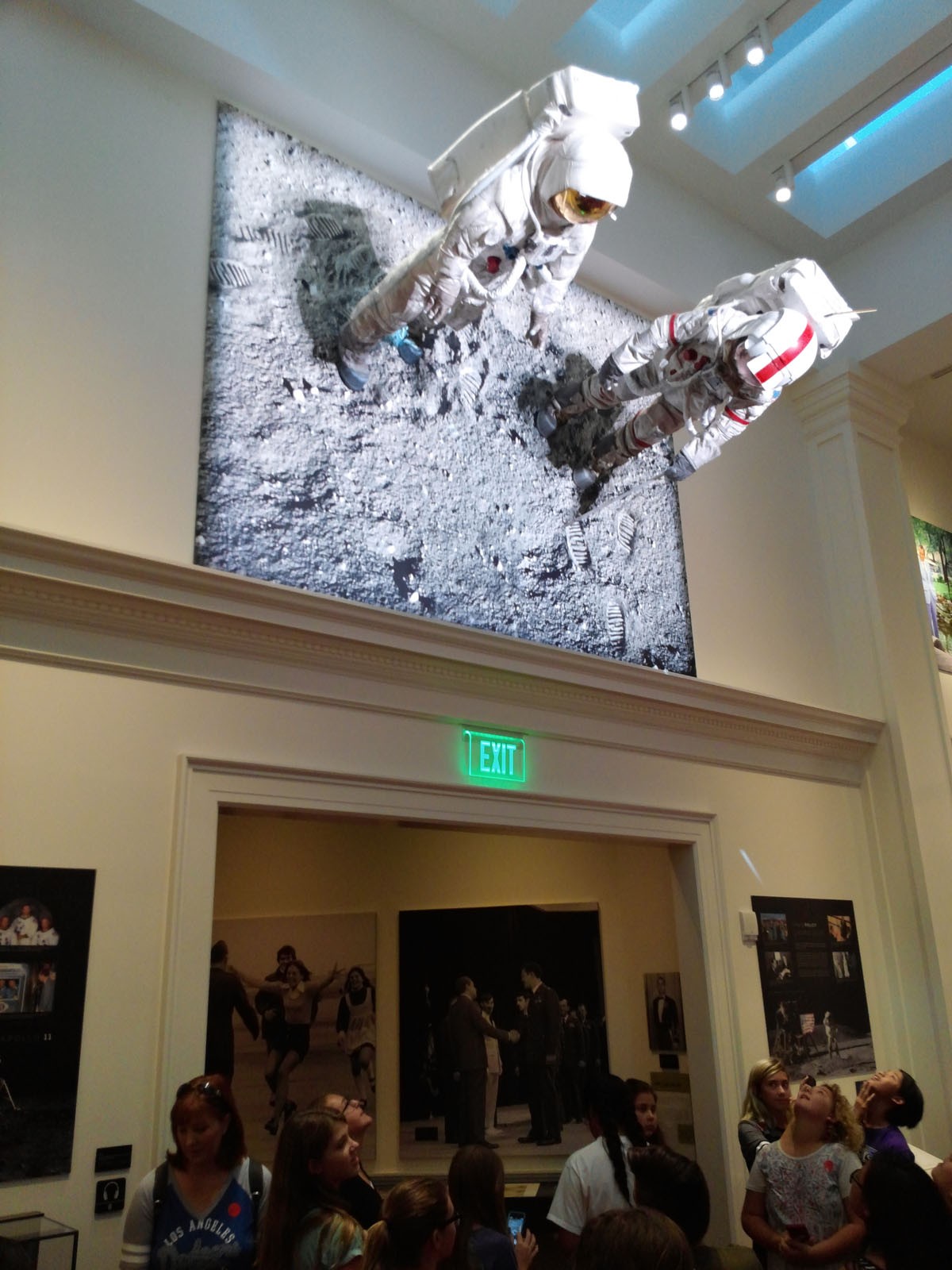
The 14-minute film you watch before you enter the galleries is surprisingly fair, even balanced, despite its stirringly heroic music and talking heads chatting intimate superlatives about the former president. When they showed footage of Nixon saying, “I am not a quitter,” it instantly transported me back to my childhood, when I watched him resign, awash in tears. (It wasn’t until two years later, when the 1976 movie All the President’s Men came out, and I read Woodward and Bernstein’s books, that I realized how ridiculous those pubescent tears were.)
I had assumed the interactive exhibits would be dry, even boring, but you’re surrounded by films and images from the beginning of the ’60s: the Cuban Missile Crisis, Vietnam, the rise of feminism (with Betty Friedan’s The Feminine Mystique getting a positive mention), and Chicago police beating the hell out of protesters at the Democratic National Convention. Setting the mood very quickly, the exhibit (which takes about two hours to go through) follows a fairly linear and predictable path, starting with the moment Nixon ran for and lost the governorship of California.
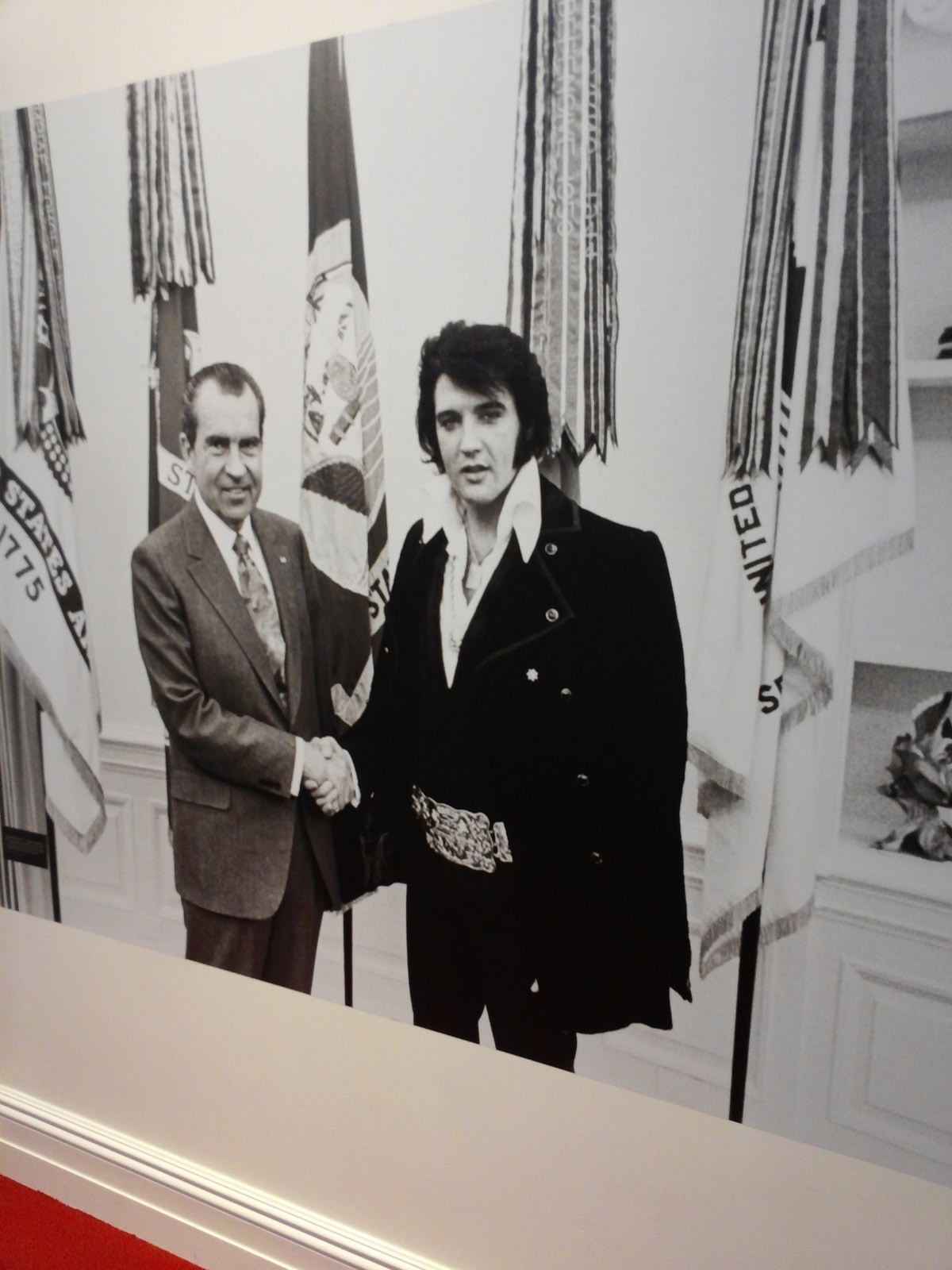
What follows is a remarkable list of Nixon’s accomplishments: his support of affirmative action and desegregation of Southern schools; the sending of a man to the moon; his backing of the Equal Rights Amendment and the creation of the Environmental Protection Agency; the end of the war in Vietnam; the peace talks in the Middle East; his affirmation of the first female nominee for the Supreme Court; the opening up of communication and trade with China; détente with the Soviet Union. (The last two are vitally important because Nixon started his career as an anti-Communist party hack, working with such disreputable stooges as Joseph McCarthy and Roy Cohn.) I’m not suggesting you ignore the bombing of Cambodia, the overthrow of Allende, the war on drugs that targeted liberal protesters and blacks, his enemies list, or “The Gap” in the tapes, all of which are at least now mentioned. What I found most disconcerting about Nixon’s accomplishments was how expansive in scope they were, as well as how small, restrictive and backwards-thinking the country’s current foreign policies are.
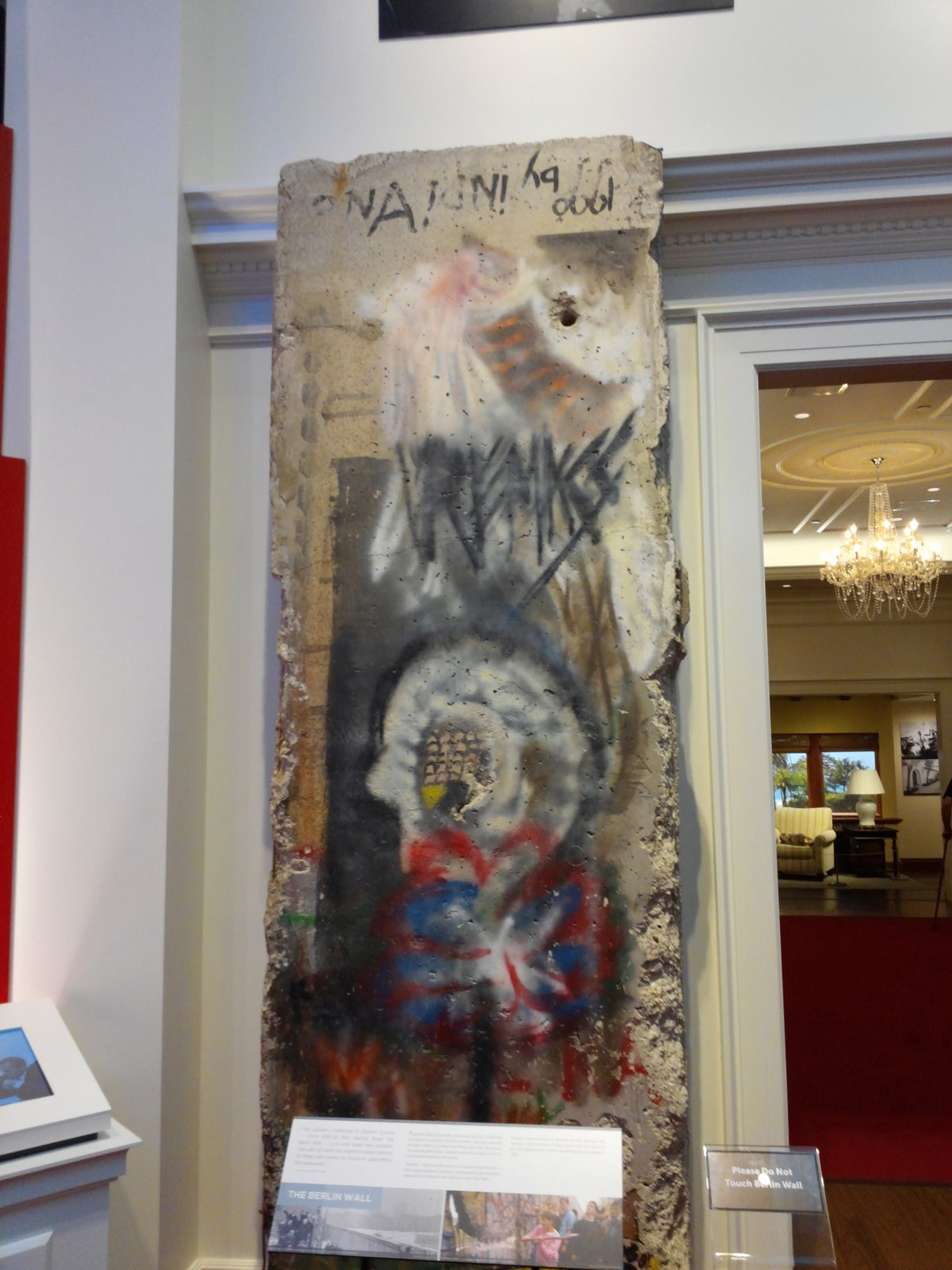
The most surprising turnabout here is the frank information about Watergate, Nixon’s enemies list and his abuses of power. While this plays into the romantic idea that Nixon was a tragically Shakespearean actor complicit in his downfall, it also provides facts and a context that urges viewers to acknowledge both the positive and the negative. Where it undercuts itself is the ending the Library puts on things, interrupting the story’s linear path toward resignation with flashbacks to the idyll of Nixon’s childhood and young adulthood. The result is that instead of following Nixon’s crimes to the logical next steps of punishment, retreat and isolation, it monkey-wrenches that sequence of events with a dose of sop by pivoting to his marriage with Pat Nixon. Love and death, not Watergate and impeachment, are the thoughts in your head as you walk through the peaceful gardens surrounding the Library to the couple’s graves, their black tombstones side by side, separated from visitors by a tiny hedgerow.
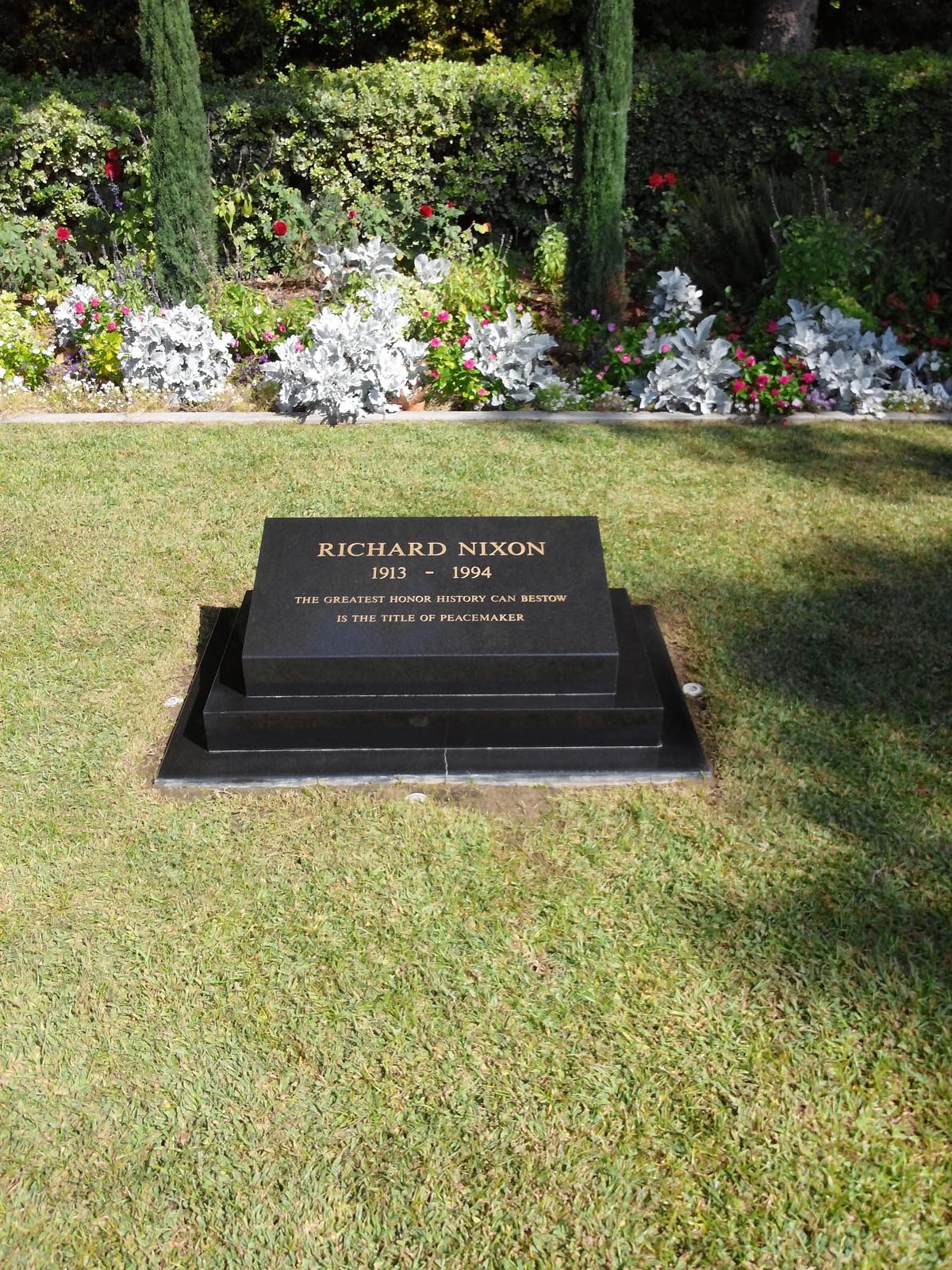
The last things you see on your visit is Nixon’s childhood home—a small, comfortable white house in which he lived for nine years—and the restored 6-ton Sikorsky Army One helicopter that flew the former president to San Clemente following his resignation. The house was closed to visitors the day I was there, and I didn’t want to wait in the sun for a tour of the chopper, but it succeeded in bringing up one final memory: Nixon standing on the helicopter steps, arm crooked over his forehead and hiding his eyes, waving goodbye to the nation he not only loved, but also lied to.
Richard Nixon Presidential Library and Museum, 18001 Yorba Linda Blvd., Yorba Linda, (714) 993-5075; www.nixonlibrary.gov. Open Mon.-Sat., 10 a.m.-5 p.m.; Sun., 11 a.m.-5 p.m. $16-$26 until Jan. 7, 2018; after that, $6-$16.
Dave Barton has written for the OC Weekly for over twenty years, the last eight as their lead art critic. He has interviewed artists from punk rock photographer Edward Colver to monologist Mike Daisey, playwright Joe Penhall to culture jammer Ron English.

